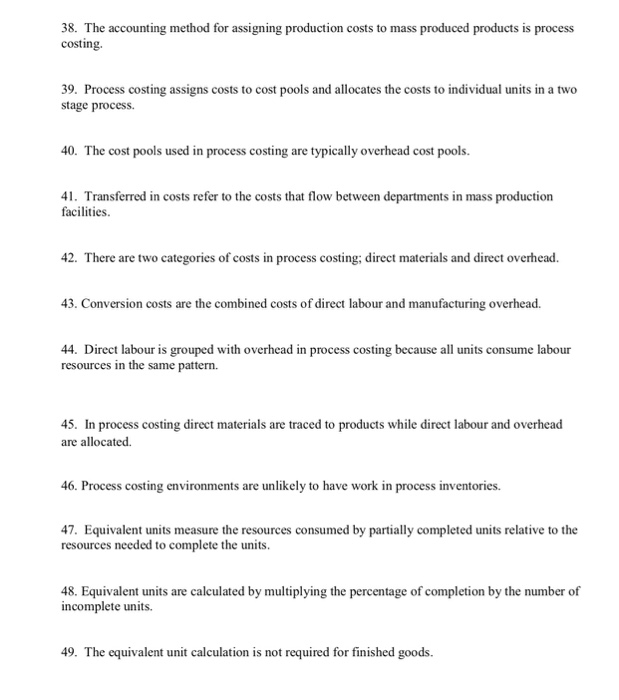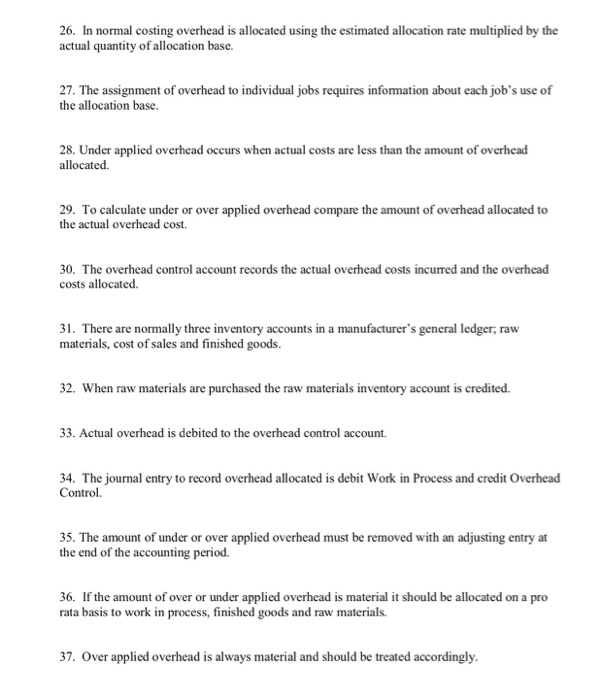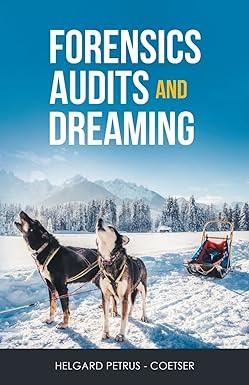
26. In normal costing overhead is allocated using the estimated allocation rate multiplied by the actual quantity of allocation base. 27. The assignment of overhead to individual jobs requires information about each job's use of the allocation base. 28. Under applied overhead occurs when actual costs are less than the amount of overhead allocated 29. To calculate under or over applied overhead compare the amount of overhead allocated to the actual overhead cost. 30. The overhead control account records the actual overhead costs incurred and the overhead costs allocated. 31. There are normally three inventory accounts in a manufacturer's general ledger, raw materials, cost of sales and finished goods. 32. When raw materials are purchased the raw materials inventory account is credited. 33. Actual overhead is debited to the overhead control account. 34. The journal entry to record overhead allocated is debit Work in Process and credit Overhead Control. 35. The amount of under or over applied overhead must be removed with an adjusting entry at the end of the accounting period. 36. If the amount of over or under applied overhead is material it should be allocated on a pro rata basis to work in process, finished goods and raw materials. 37. Over applied overhead is always material and should be treated accordingly. 38. The accounting method for assigning production costs to mass produced products is process costing. 39. Process costing assigns costs to cost pools and allocates the costs to individual units in a two stage process 40. The cost pools used in process costing are typically overhead cost pools . Transferred in costs refer to the costs that flow between departments in mass production facilities 42. There are two categories of costs in process costing; direct materials and direct overhead. 43. Conversion costs are the combined costs of direct labour and manufacturing overhead 44. Direct labour is grouped with overhead in process costing because all units consume labour resources in the same pattern. 45. In process costing direct materials are traced to products while direct labour and overhead are allocated 46. Process costing environments are unlikely to have work in process inventories. 47. Equivalent units measure the resources consumed by partially completed units relative to the resources needed to complete the units 48. Equivalent units are calculated by multiplying the percentage of completion by the number of incomplete units. 49. The equivalent unit calculation is not required for finished goods








